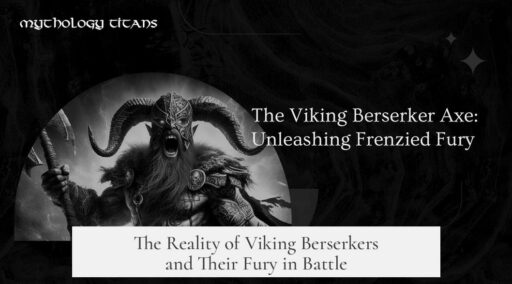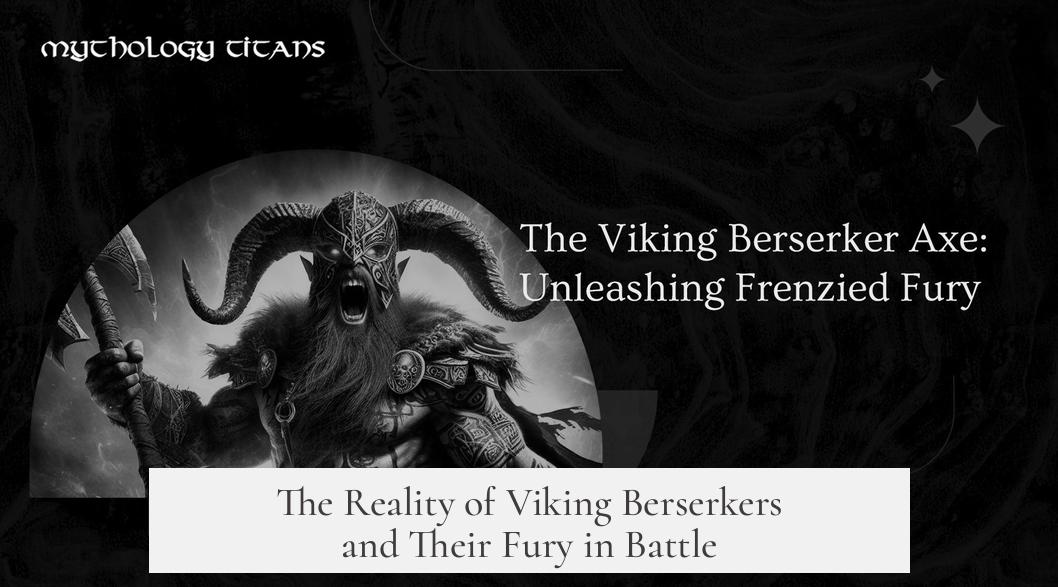The truth about Viking berserkers reveals that the popular image of wild, uncontrollable warriors is largely a myth shaped by later sources and cultural biases. Early descriptions portray berserkers as elite warriors with typical equipment, not the savage fighters often depicted in modern media.
Historical records about berserkers come predominantly from outside sources, many written centuries after the Viking Age ended. Christian monks and foreign chroniclers retold stories they heard, mixing fact with interpretation. These accounts often grouped together different warrior types based only on their fierceness. For example, Roman authors, Christian scribes, and later European writers described various “barbarian” fighters—all dissimilar but generalized under similar labels.
Berserkers likely played a tactical role in warfare: they created fear to reduce prolonged battles. Viking leaders prioritized minimizing losses since trained warriors were valuable and hard to replace. The berserker image as uncontrollable fighters might be an exaggeration stemming from later attempts to dramatize Viking culture.
Archaeological evidence does not support many of the sensational claims about berserkers. Much of what is “known” is reconstructed from oral tradition, heavily filtered through Christian perspectives and centuries of reinterpretation. Items like sacred symbols found in Viking sites often receive sensational media attention but add little to understanding true battlefield behavior.
Modern scholars emphasize caution in accepting berserker myths as fact. Most likely, true berserkers, if they existed, resembled standard elite Viking troops. The ferocious imagery is a mix of folklore, external bias, and borrowing from unrelated warrior cultures such as Turco-Mongol or Inuit traditions.
- Early sources describe berserkers as ordinary elite warriors.
- Later sources distorted these figures into savage barbarians.
- Descriptions come from outsiders with potential biases.
- Berserkers’ role included psychological warfare through intimidation.
- There is no definitive archaeological or written proof of wild berserker behavior.
- The modern myth largely arises from fabricated or borrowed stories.




